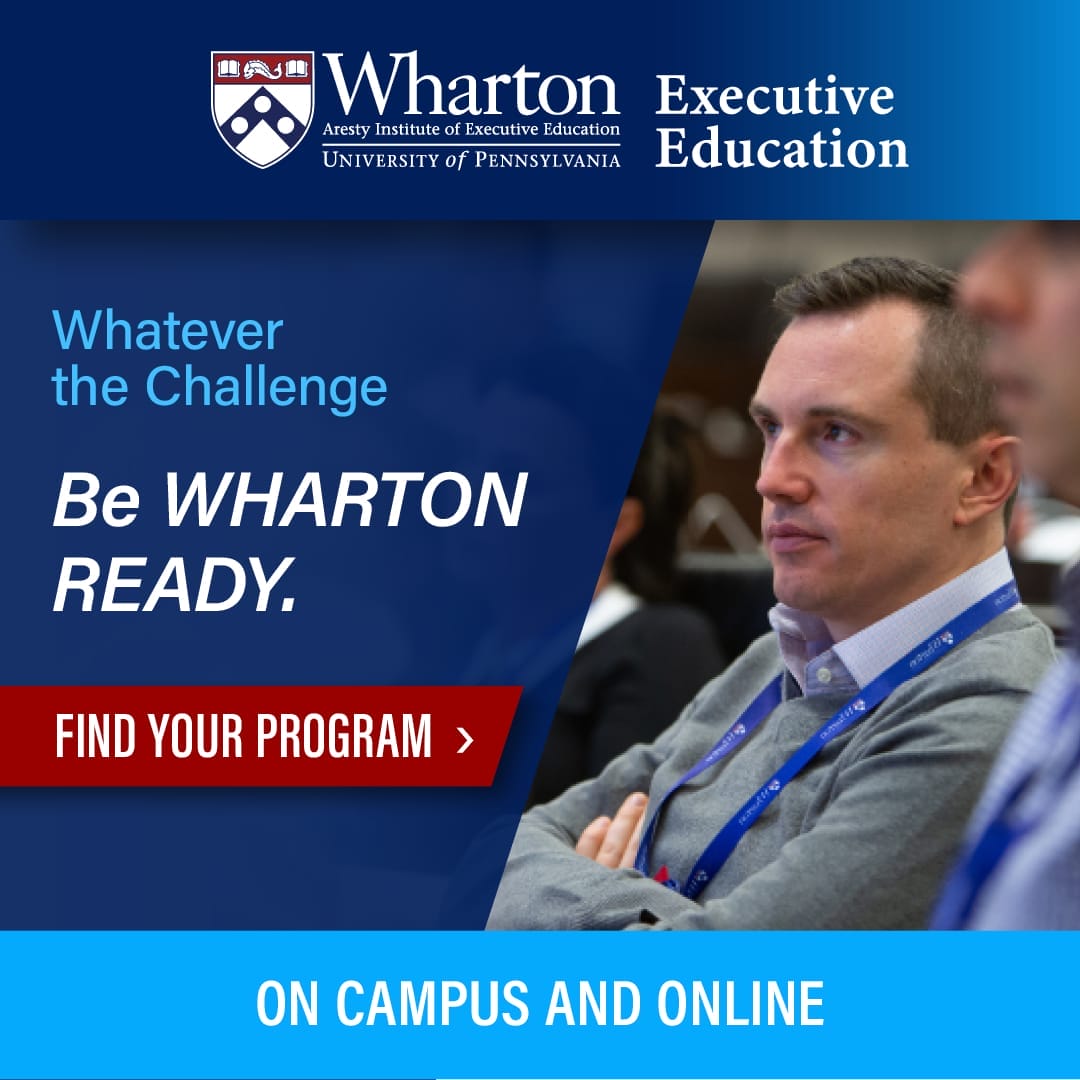The panelists at the Wharton People Analytics Conference were there to make his job all but obsolete, but Peter Cappelli, director of Wharton’s Center for Human Resources and George W. Taylor Professor of Management, showed no contempt in his introduction. The readied “Getting Analytics Right” panel sat in front of listening eyes, dressed to the business-casual nines, as Cappelli introduced them by discussing Joseph Wharton’s patronage of the steel industry. Big data may have started off in quantitative capacity, Cappelli joked, but it has made its way from steel to marketing and branding, and everything in between.
Then came the presentation by Dawn Klinghoffer, senior director of HR Business Insights at Microsoft in Redmond, Wash. Klinghoffer delved straight into Microsoft’s end goal: to eliminate human interaction from the hiring process at Microsoft. (Bye-bye, consultants and experts like Cappelli!)
“With thousands of positions at the company, you can imagine how many we have open at any given time, and reading through thousands of resumes can be very time consuming,” Klinghoffer said.
Her team’s work is centered around finding a more efficient process to identifying long-term, successful employees.

Michael Housman, GRW’07, GRW’09, chief analytics officer at Evolv
The approach of Michael Housman, GRW’07, GRW’09—chief analytics officer at Evolv, a San Francisco firm that has created a predictive analytics app for employee workforce management—is somewhat different, but similarly centered around predicting employee fit with the long-term of the company. Getting the analytics right is a challenge, he said, given the chasm between current methods of analytics and practice. Turnover measurements, though long accepted in the world of HR, are not the right method to determining success, according to Housman.
Far more indicative are the survival instincts of the employee. Housman displayed one graph with employee days of tenure on the x-axis plotted against the likeliness to survive on the y-axis. Though Housman has no doubt that survival instincts are more indicative than turnover measurements, he struggles to get his clients to think this way.
“We have all of this convincing evidence, and it’s falling on deaf ears,” he said.
Housman went on to describe certain factors that play into whether an employee is more likely to stay with the company for a longer period of time. Long-term unemployment or a criminal record did not affect the longevity. What did was walkability. Distance to work, amenities around work and a personal life centered near work played a large role in the long-term success of the employees. In addition, employees who used browsers like Firefox and Google Chrome, as opposed to Internet Explorer, tended to stay longer, perform better, be more productive and show more signs of being informed consumers.
Despite the growing sophistication and insights of people analytics, don’t expect Cappelli or business leaders who listen to his wisdom to be gone anytime soon. Recruiting, hiring and retaining talent still comes to management—and managers.
Panelist Ethan Burris, associate professor of management at the McCombs School of Business at the University of Texas, Austin, left the audience with a less-quantitative note that really struck home. With a picture of Steve Carell playing Michael on TV’s The Office on the big screen behind him, Burris told us, “A manager’s job is to demonstrate confidence. If you don’t feel efficacious in your role, you won’t feel good about your job or seek feedback from a lower position.”
The first-ever, student-run Wharton People Analytics Conference occurred March 28, 2014.

























